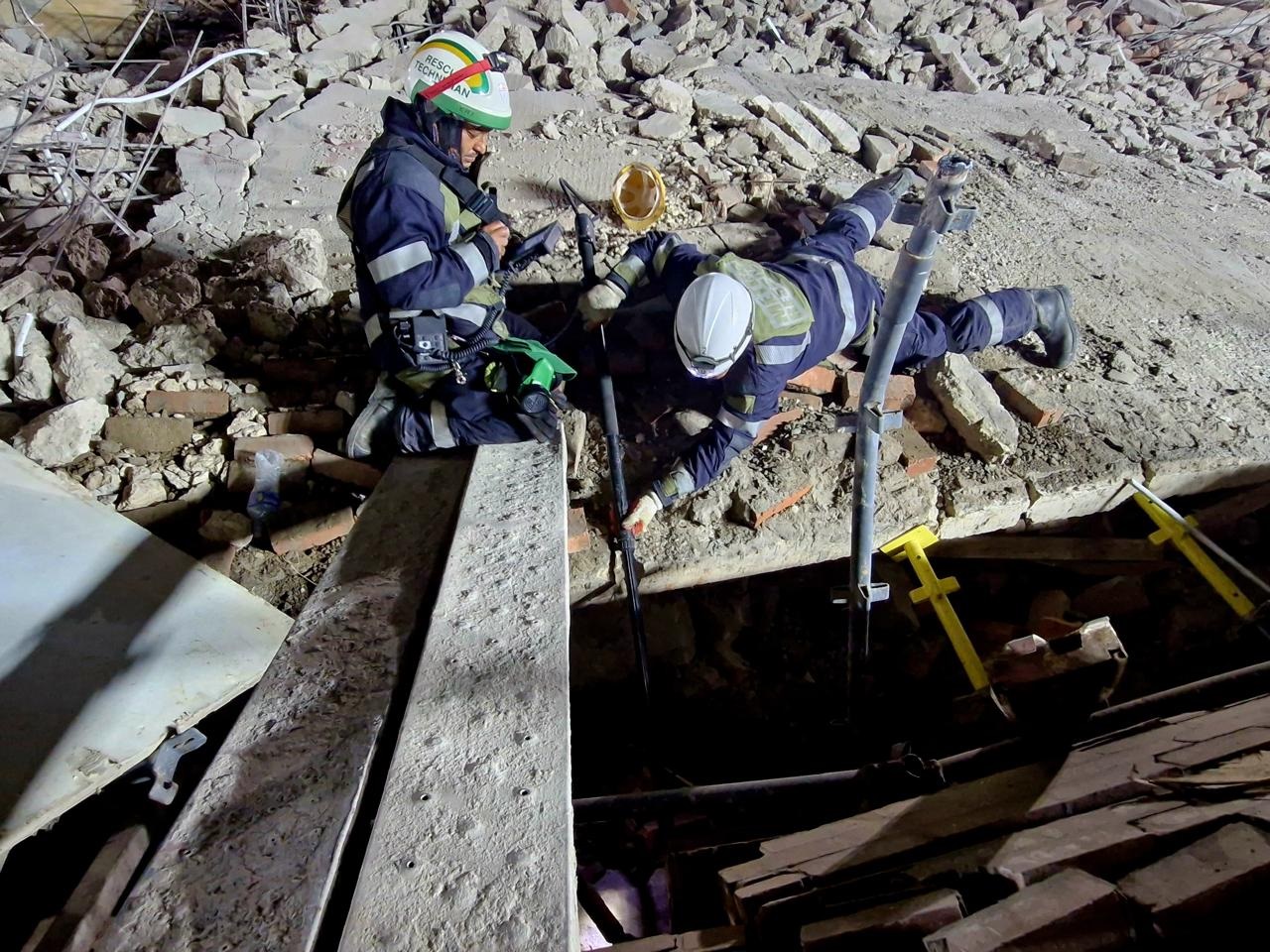GEORGE NEWS - In light of the Victoria Street building disaster, Johan Zaaiman, a retired structural engineer from George, explains how the planning and construction procedures for a multi-storey building slot into each other to ensure a safe building in the end.
PROCESSES FOLLOWED:
* The architect creates the architectural design of the building - a 'wish list' of what the developer proposes.
The architect then submits a site development plan / drawing (SDP) to the Town Planning Department of the municipal authority that kickstarts the approval process for the project.
Only after all boxes are ticked and requirements met, the architectural municipal drawings submitted will be approved.
* DURING THIS PROCESS, PROFESSIONALS FROM VARIOUS DISCIPLINES ARE APPOINTED BY THE DEVELOPER FOR THE DESIGN AND EXECUTION OF THE PROPOSED MULTI-STOREY BUILDING:
1. Architect: Responsible for architectural design, finishes etc.
2. The structural engineer: For the design of the structural 'skeleton' and other structural elements that will ensure the structural integrity of the building.
3. Other engineers: Mechanical (designs aspects such as ventilation and fire requirements), electrical (bulk electrical supply to the property from municipal sub-stations and internal reticulation); and civil (for traffic accommodation, access to the property, parking requirements, paving, bulk water supply to the building and sewage disposal to municipal main lines).
4. Quantity surveyor: Prepares a bill of quantities (BOQ) based on the information and drawings supplied by the other design consultants. The BOQ is used to tender the project, finalise the project value, and appointment of the building contractor. Monthly evaluations are then done for the purpose of progress payments and reporting to the developer.
5. A principal agent or project manager: Coordinates the project and chairs regular site meetings, normally every two weeks throughout the construction project.
6.Health and safety officer: To ensure all health and safety requirements during construction is complied with, eg safety equipment for construction workers, first aid, safe environment and working conditions on site.
7. Developer: Has no real direct inputs during the construction phase since he relies on the appointed professionals and building contractor to execute the project.
8. NHBRC: All residential projects are required to register with the NHBRC. The NHBRC is not responsible for the project but they conduct inspections to ensure that normal good building practices are applied. They have general building guidelines and the appointed contractor must be registered with them.
 Rescue teams were able to create openings in the slabs to get to people caught underneath. Photo: Garden Route District Municipality
Rescue teams were able to create openings in the slabs to get to people caught underneath. Photo: Garden Route District Municipality
GENERAL STRUCTURAL DESIGN AND CONSTRUCTION CONSIDERATIONS IN CONSTRUCTING A MULTI-STOREY BUILDING:
* A geotechnical investigation is required to establish founding conditions. The structural engineer will base his foundation design philosophy on the outcome of the geotechnical investigation. Groundwater seepage in a basement set-up is not uncommon in areas with a high water table, but can successfully be dealt with in the design.
* In South Africa, multi-storey buildings are generally designed as framed concrete structures, consisting typically of steel-reinforced concrete column bases, columns, beams and floor slabs.
For framed structures the design philosophy is that the total imposed weight (including finishes) of every floor is transferred to supporting columns and the weight is transferred all the way down to the column bases. In such designs, the brickwork on every floor is not structural but treated as infill elements.
* The alternative design philosophy is loadbearing brickwork, where the brickwork on each floor is structural and carries the weight of the entire building. This design philosophy is suitable for single-storey buildings or where two or three floors are being constructed on top of each other. The number of floors in such a design is limited due to the limited loading capacity of brickwork.
* The third design option is a combination of the two. Typically the lower floors will be framed and the upper floors will be loadbearing brickwork. In such a case the floor underneath the 'loadbearing brickwork floors' is designed as a transfer slab to transfer the load to the columns below.
* Parking areas such as basements and upper parking floor levels are generally designed as framed reinforced concrete structures, to accommodate the open spaces required to manoeuvre vehicles.
Upper residential floors are smaller spaces that can be designed as framed structures or loadbearing brickwork, depending on the structural engineer's design philosophy.
Retaining walls in the basements can be suitable brick walls with additional structural support, or designed as reinforced concrete retaining walls, but they must be designed to cater for the vertical and horizontal loads imposed by the soil retained, and possible lateral loads imposed by adjacent structures.
THE CONSTRUCTION PHASE:
* During construction the structural engineer is required to do relevant quality control inspections. Foundation excavations to suitable founding depth must be inspected and approved.
Placement of all steel reinforcement in bases, columns, beams, floor slabs, etc. should be inspected and signed off prior to pouring of concrete.
* Required concrete strength is specified for each structural element. During each concrete pour, control concrete cubes are required to be cast and tested at seven-day and 28-day intervals to confirm that the concrete has reached the required strength.
Temporary support work (shuttering) supporting critical concrete elements are only allowed to be removed once required concrete strength is confirmed.
* Zaaiman says the local concrete suppliers are very professional and only once in his 35-year career in George has the required strength of the concrete, supplied commercially, not been reached. In such a case all the concrete elements are demolished and recast.
Similarly, the required strength of other structural elements, such as bricks and mortar between brickwork, will also be specified.
* Upon completion of a project, all consultants issue a completion certificate (indicating that the work under their discipline has been constructed and completed as specified).
These certificates are submitted to the municipal authority before the municipality will issue an occupation certificate that the building can be occupied and used for the purposes intended.
‘We bring you the latest Garden Route, Hessequa, Karoo news’
















